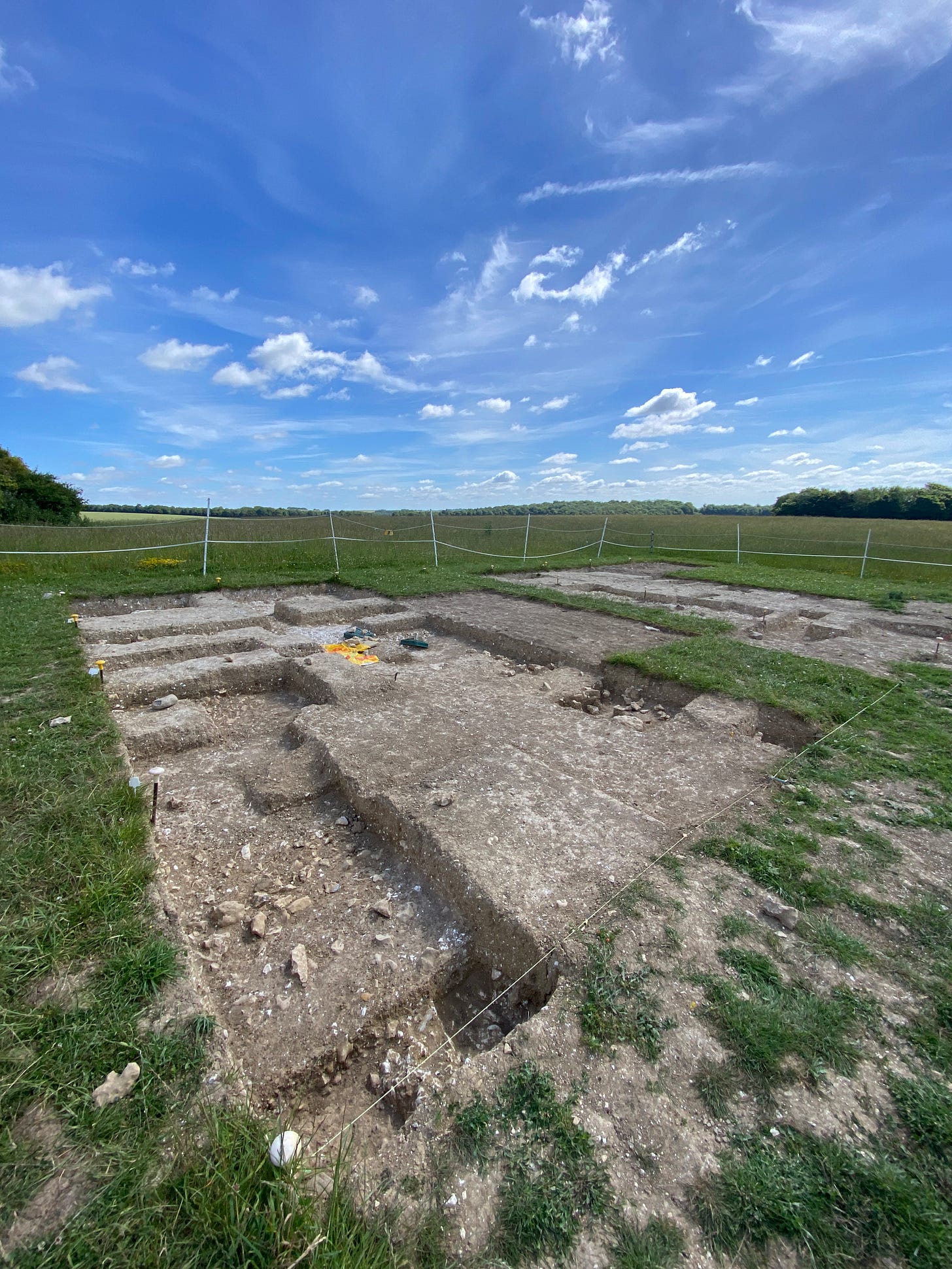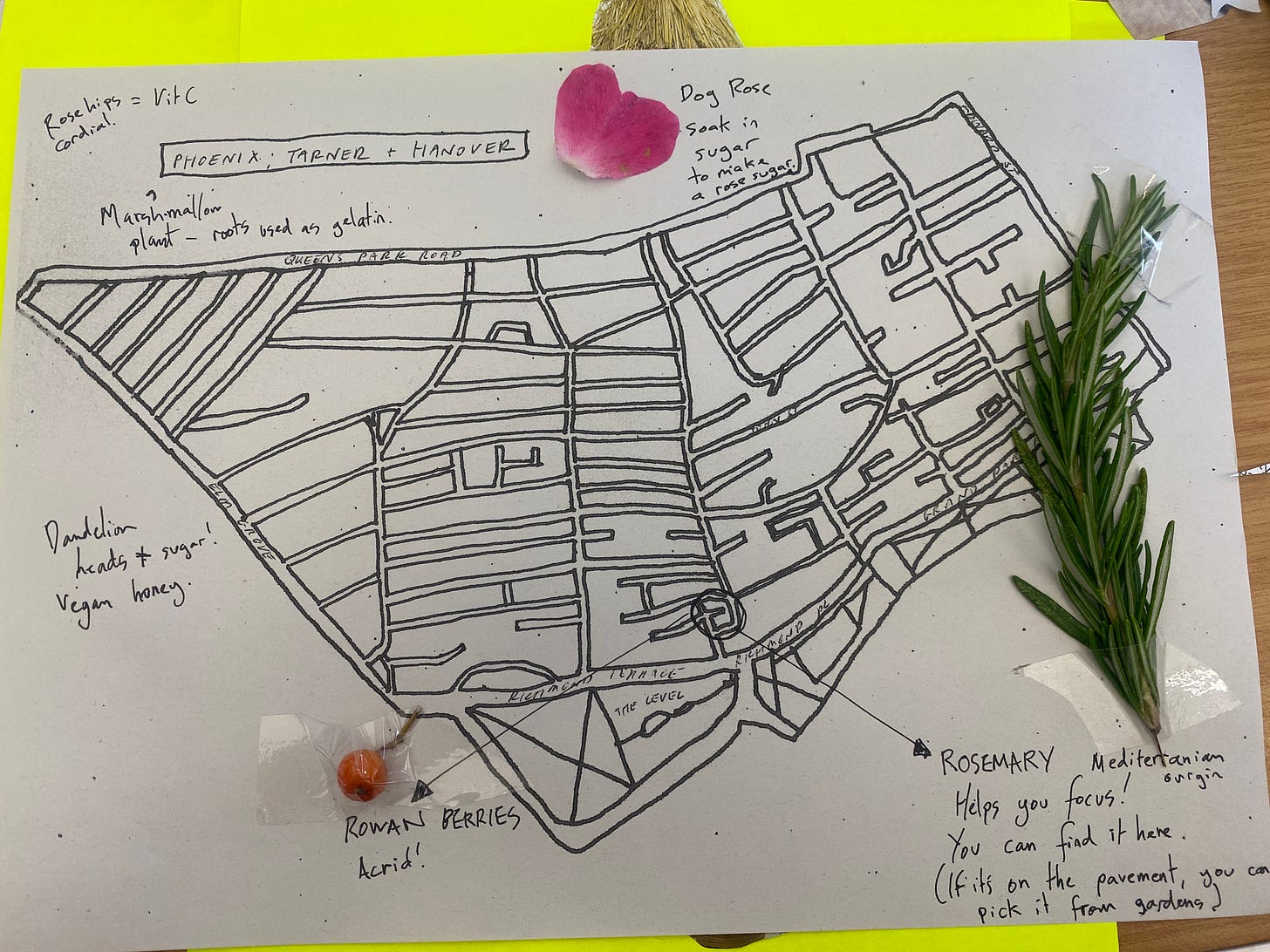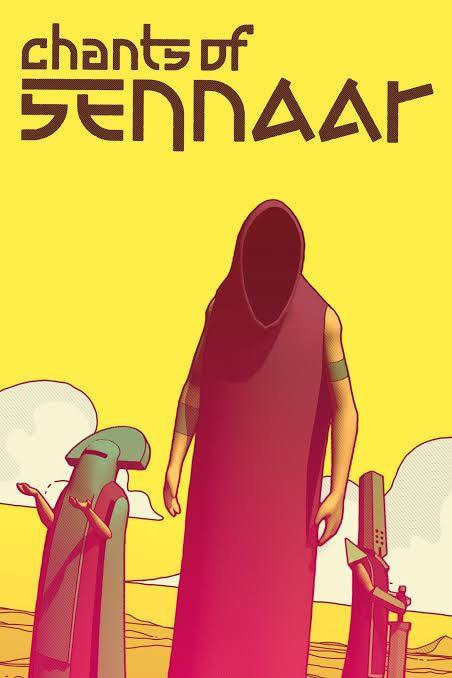Looking at the future + digging in the past
Stones, Archaeology, Nuclear Semiotics (and no more Tories)
Forgive the lateness of this blog- I try to keep on schedule to once per month, but June was busier than expected, and I ended up making sure I took some time off to rest.
Looking back over recent years, early July always seems to be a time of important milestones for me- 5 years ago I completed my Fine Art degree that I began in my 30s, 1 year ago I finally received an Autism diagnosis and today? Today is the first day the country is no longer under Tory rule. I still have deep fears about the new government and the far right party gaining seats terrifies me, but today I’m feeling more positive about the future than I have in a long time.
In my last blog, I wrote about how I’d been delving into the concept of apocalypse, then connecting my fascination in ancient Stone Circles with Nuclear Semiotics (how we might design future-proof warnings about nuclear waste sites). This led me to Rosemary Joyce’s book ‘The Future of Nuclear Waste- What Art and Archaeology Can Tell Us about Securing the World's Most Hazardous Material’- a detailed archaeological deep-dive into the subject, which covers all the possible options, problems and solutions by the real-life researchers of this strange but pressing subject.
Stones!
Whilst building prop nuclear stones for a film I’m making, I visited some big old stones - Avebury and Stonehenge- on the way to a trip to one of my favourite places, the Forest of Dean. I’d applied to an open call inviting an artist to make a film to mark 40 years of the Sculpture Trail, and having visited many times throughout my life, I jumped at the chance to apply. Sadly I wasn’t successful (this week I have had 4 applications rejected- something I feel it is perhaps good to share) but it was a good excuse to visit there once more. Here’s some summer solstice photos from the trip:
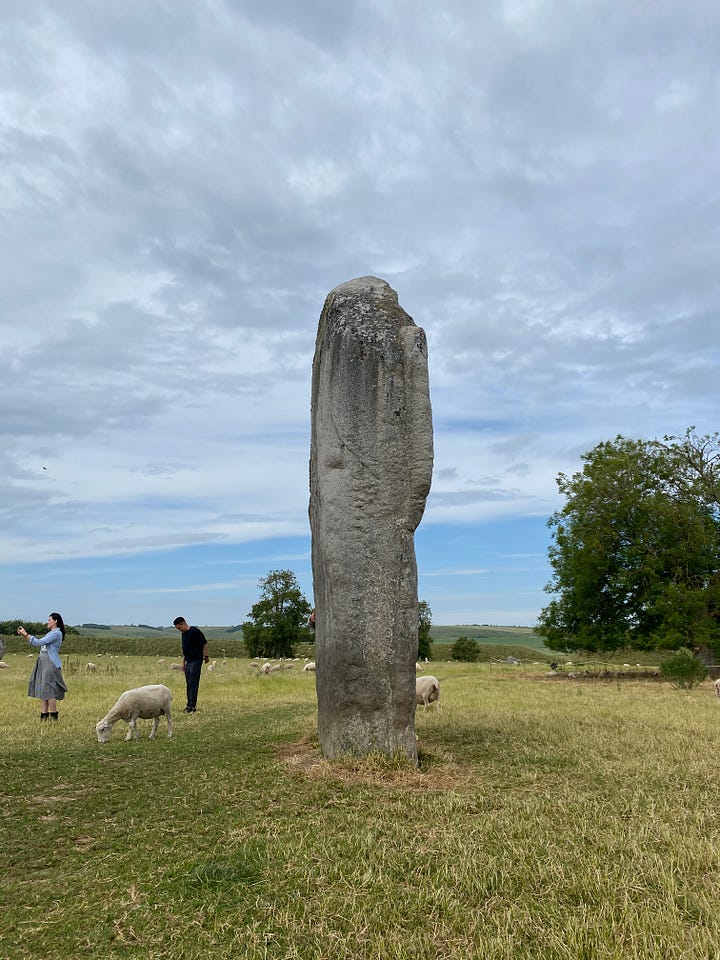
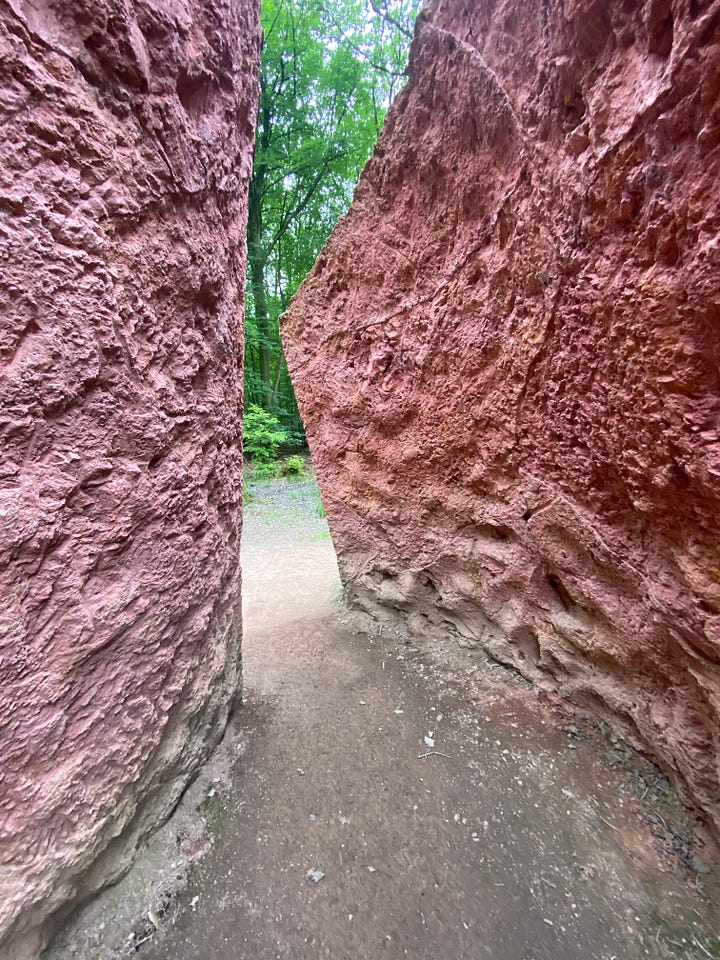

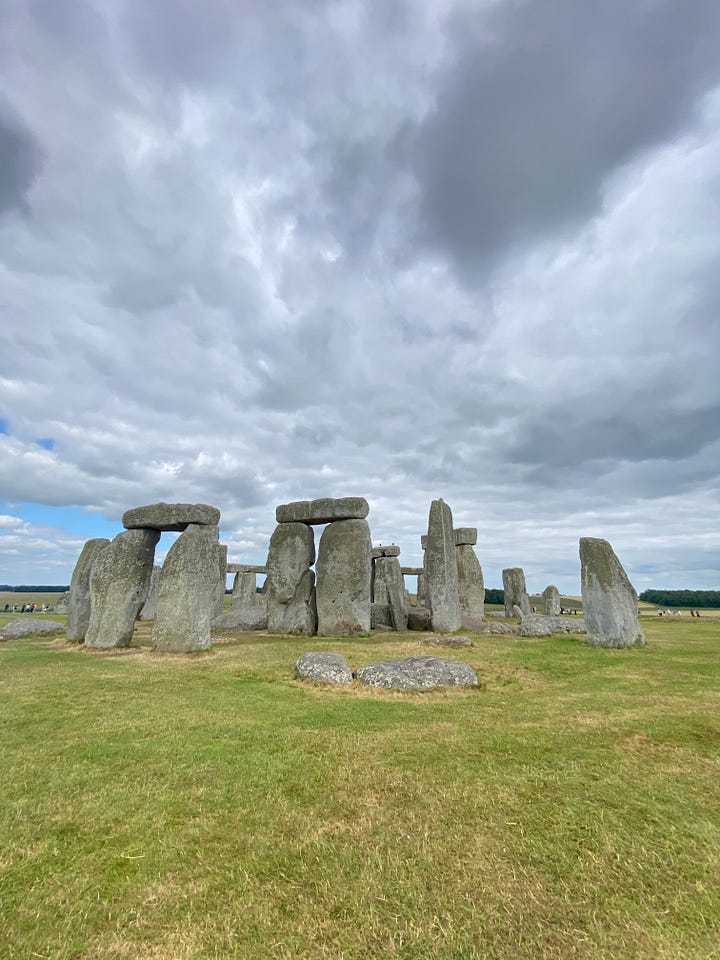
The London Road Stone Circle
Speaking of stone circles, my friend James visited recently and took me on a spontaneous wander to see some of the London Road Stone Circle…YES there’s a (contemporary) stone circle in Brighton, with an interesting story behind it! Here is James’s blog about it from 2017. It was so strange to see one of the stones and realise I had no idea it was there, despite living here for 15 years and cycling or walking almost right past it every day.
The concept of contemporary stone circles and local myth-making is really interesting to me- how there are many ‘fake’ stone circles in the UK. Just because a stone circle isn’t ancient, does it mean it isn’t valid as a site of interest? Stone circles are clearly enduringly interesting to us, and still require a lot of effort to create. In fact, the book on nuclear waste markers I mentioned above suggests the idea of building a stone circle as an example of an enduring marker in the first chapter…
We did a quick wander to see a few of the stones, as it was beginning to rain and getting late, but I’m keen to get back out and do the whole thing sometime soon.
My first dig!
Recently I began going to archaeological digs- something I’d always been interested in (I watch a lot of Time Team and other archaeology TV shows) but I never realised I could just…go along to one! The Brighton Archaeological Society is a local volunteer-run club for history and archaeology enthusiasts, who are always open to new members coming along to join in on their twice-weekly digs in Stanmer Park. I was unsure what to expect but couldn’t have imagined a nicer group of people to introduce me to practical archaeology. I met fellow artist Jessica Sheehan who is a new-to-Brighton painter- check out her work and send her some Likes/Follows.
The dig has excavated so far what is thought to be an Anglo-Roman farm. I found some small pieces of Roman glass and samian pottery. Spending a Saturday digging in the summer sunshine with a group of history nerds is my idea of a great time! (Insert the Gary Barlow meme here).
Last week, I also went along to a urban foraging and collage workshop, which was fascinating. Who knew the abundance of ingredients you could find in such a small area of Brighton? It was hosted by Toadlickers Collective, who are def worth a follow for future events.
Gaming: ‘Chants of Sennaar’
This month I stumbled across a neat little puzzle platformer, Chants of Sennaar by indie developer Focus. I now realise this game fits into my current research perfectly as its main puzzle is deciphering ancient languages and glyphs.
You play a cloaked figure working their way up levels of a tall tower. Your main task is to decipher the different languages spoken on each level so that you can move further up the tower of people, none of whom speak a common language.
I admit I found aspects of this game extremely difficult, and consequently have spent a lot of time figuring out some of the harder puzzles, but it is compelling and beautiful enough a game to have kept me sticking around. It’s currently free on Gamepass, and worth your time (if you’re into puzzles!)
That’s all for July, I’ll write again in August! On 1 Aug I’ll be exhibiting organsongs at Hove Museum as part of a pre-Pride evening of art, film and performance. It sold out super quickly sadly, but I’ll include an update about that next time.
Links + resources 📣
https://www.amazon.co.uk/Future-Nuclear-Waste-Archaeology-Hazardous/dp/019088813X
https://orbific.com/my-walks/a-lunch-time-adventure-in-brighton-the-stone-circle/
http://www.brightonarch.org.uk
https://www.instagram.com/toadlickerscollective/
https://www.focus-entmt.com/en/games/chants-of-sennaar
News from the biome 🌱
Brighton painter Alex Foley (who’s wonderful art podcast I guested on some time ago) is on substack, writing concise and thought-provoking pieces such as this one on the genocide in Palestine.
Trans Pride is happening this weekend- lots going on! I’m proud to have been on the very first march back in 2013 and its wonderful to see how much it has grown, whilst remaining non-corporate.







